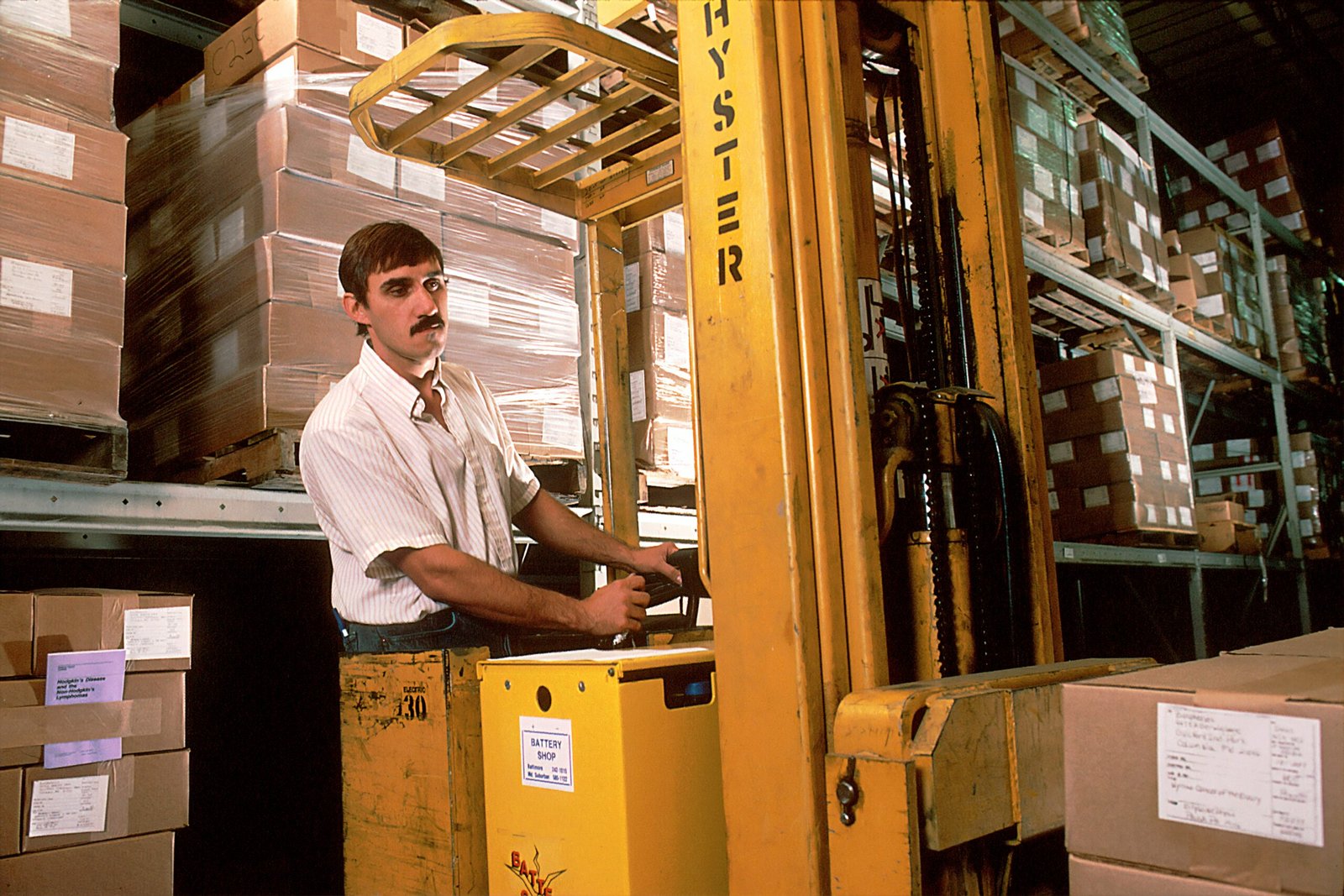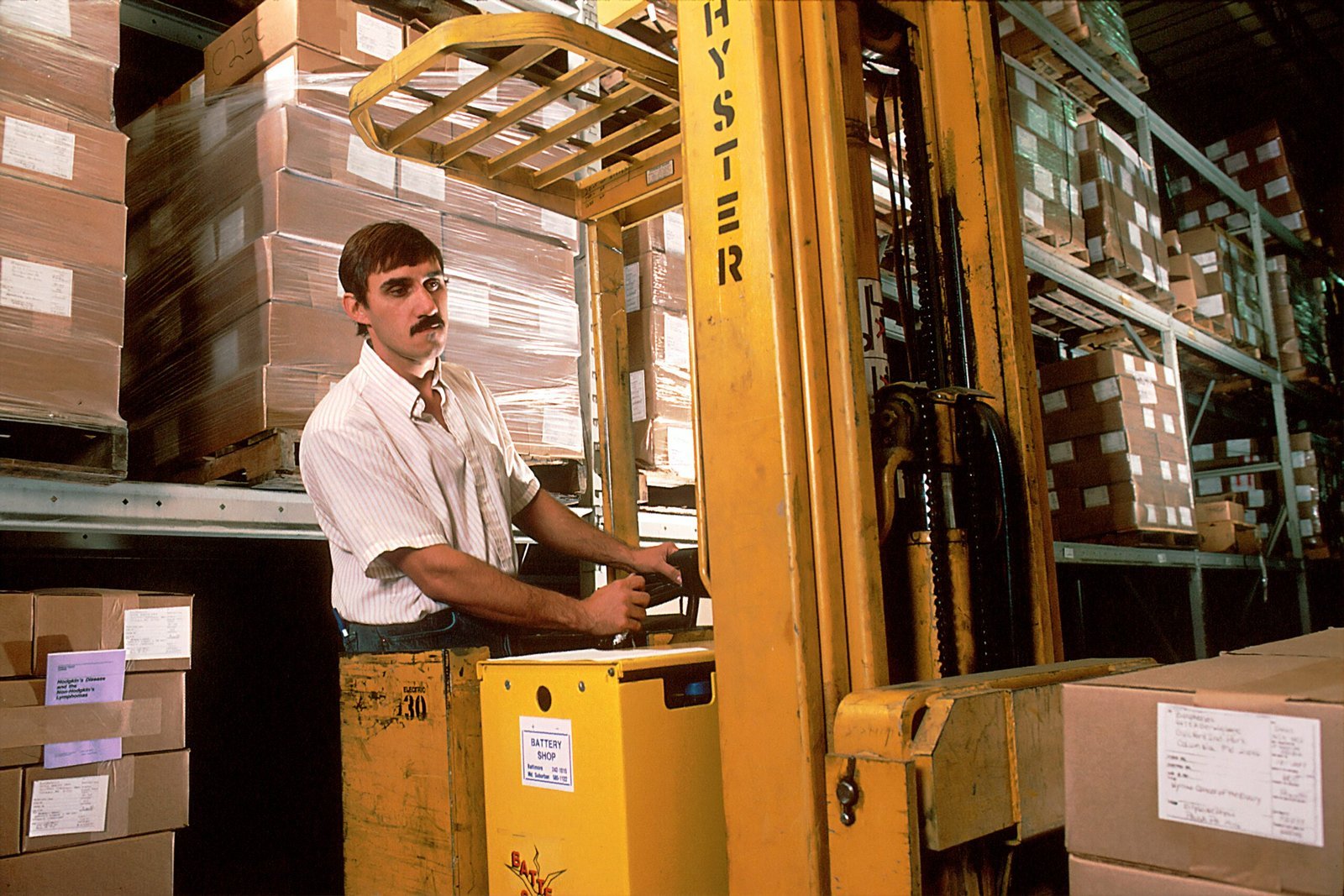Contact Us at Mobile: +256 702 612 626

Safe Storage Practices for Medicines and Vaccines at Home

Understanding the Importance of Proper Storage
The efficacy and safety of medicines and vaccines are significantly influenced by their storage conditions. Proper storage is crucial not only for maintaining the integrity of these health products but also for ensuring that they deliver their intended therapeutic benefits. Various factors, including temperature, humidity, and light exposure, play a vital role in managing the quality of medications and vaccines. For instance, many medications must be stored at specific temperatures to remain effective; fluctuations beyond those designated ranges can lead to degradation of the active ingredients, rendering them less effective or even potentially harmful.
Temperature is a critical consideration in the storage of medicines and vaccines. Vaccines, for example, often require refrigeration or freezing to remain viable. If these products are exposed to inappropriate temperatures, such as temperature excursions or prolonged room temperatures, it can compromise their effectiveness. Similarly, many prescription and over-the-counter medications have specific storage requirements that, if not adhered to, could lead to diminished potency. Humidity is another important factor. Excessive moisture can adversely affect medications in solid form, such as tablets and capsules, by causing them to clump or dissolve prematurely.
Light exposure can also pose risks to medicines and vaccines. Certain compounds are light-sensitive and can break down when exposed to ultraviolet light, which can alter their efficacy. Therefore, it is essential to store these products in their original packaging, away from direct sunlight. Incorrect storage practices not only jeopardize the effectiveness of medications and vaccines but can also lead to serious health risks. Ineffective treatment can result in prolonged illness, resistance to therapies, or adverse reactions. By understanding and implementing proper storage practices, individuals ensure the safety and efficacy of their health products, ultimately protecting their health and well-being.
Ideal Storage Conditions for Medicines
To ensure the efficacy and safety of medicines, it is crucial to understand the ideal storage conditions for various types of medications. Generally, prescription drugs, over-the-counter (OTC) medications, and herbal supplements all have distinct storage requirements that should be adhered to for optimal results.
Most prescription medications should be stored at room temperature, typically between 68°F and 77°F (20°C to 25°C), away from sources of heat and humidity. Excess heat and moisture can degrade active ingredients, leading to decreased potency. However, certain medications, especially those in liquid form, might require refrigeration. For instance, insulin and some antibiotics need to be kept at temperatures below 40°F (4°C). It is essential to read the specific storage instructions provided with the prescription to avoid compromising the medication’s effectiveness.
OTC medications also follow similar guidelines. Many of them can be stored at room temperature, but it is advisable to keep them in a dry, cool place, such as a medicine cabinet away from the bathroom, where fluctuations in temperature and moisture can occur. Furthermore, liquid formulations, like cough syrup, often have specific storage requirements that should be strictly followed.
Herbal supplements present a unique challenge, given that their stability can vary widely. Generally, these products should be stored in a cool, dark place secured away from direct sunlight, with the caps tightly sealed to protect from moisture. It is advisable to follow storage recommendations found on the label to ensure their potency during the shelf life.
In conclusion, being aware of the ideal storage conditions for different types of medicines is vital for maintaining their efficacy. By following these guidelines, homeowners can help ensure that medications remain effective and safe for use when needed.
How to Safely Store Vaccines at Home
Vaccines require specific storage conditions to maintain their efficacy and ensure optimal protection when administered. Proper vaccine storage at home involves adhering to strict temperature regulations and employing vigilant monitoring practices. Generally, most vaccines need to be stored in a refrigerator around 2°C to 8°C (35°F to 46°F). It is crucial not to freeze vaccines, as doing so can alter their effectiveness. Homeowners can achieve these temperature requirements by using reliable refrigeration units dedicated exclusively to vaccines.
To effectively monitor the storage conditions, it is advisable to utilize a thermometer calibrated for this purpose. Placing a digital thermometer with a min/max feature inside the vaccine storage unit can help keep track of temperature fluctuations over time. Some advanced thermometer models even have remote capabilities, sending alerts when temperature settings deviate from the required range. Proper placement of vaccines within the refrigerator is also essential; they should be kept in the middle shelves, away from the walls, to avoid exposure to cold air drafts or accidentally being frozen.
Additionally, vaccines should remain in their original packaging to protect them from light exposure, which can compromise their stability. Keeping vaccines in the manufacturer’s packaging ensures that essential information, such as expiration dates and batch numbers, remains accessible. It’s also a best practice to maintain accurate records detailing vaccine storage times and doses administered. This documentation plays a vital role in health tracking, allowing users to monitor the effectiveness of the vaccination schedule for both individual and family health records.
Adhering to proper vaccine storage procedures helps ensure their potency, making meticulous attention to detail essential in safeguarding health. Following these guidelines enables families to responsibly manage their vaccine inventories effectively.
Tips for Organizing and Managing Your Medicine Cabinet
Organizing your medicine cabinet is crucial for ensuring safety and accessibility in the home. A well-managed medicine cabinet not only enables you to find what you need swiftly but also helps maintain adherence to safety guidelines. One effective strategy is to conduct regular inventory checks, ideally every three to six months. During these checks, examine all medications and identify any that are expired or no longer used. Disposing of these items promptly reduces clutter and minimizes the risk of accidental ingestion, particularly for children and pets.
Proper labeling is another important practice for effective management of your medicine cabinet. Consider categorizing items by type, such as pain relievers, cold medications, and first aid supplies. Using clear and easy-to-read labels will facilitate quick identification and ensure that everyone in the household knows where to find specific medications. Additionally, you may want to keep a list of essential medications and their dosages on the inside of the cabinet door to enhance accessibility during emergencies.
To maintain a safe environment, maintain the habit of storing medicines out of reach of children and pets. Consider placing medications in a high cabinet or using child-proof locks for cabinets that are accessible to youngsters. This small measure can prevent accidental overdoses or poisonings, which are often a result of easy access to over-the-counter or prescription drugs.
Lastly, adhere to recommended disposal methods for any expired or unused medications. Many local pharmacies and community health organizations offer medication take-back programs, providing a secure method for disposal. By implementing these organizational tips, you enhance the safety and functionality of your home’s medicine cabinet, ensuring that it meets both your needs and safety standards.



